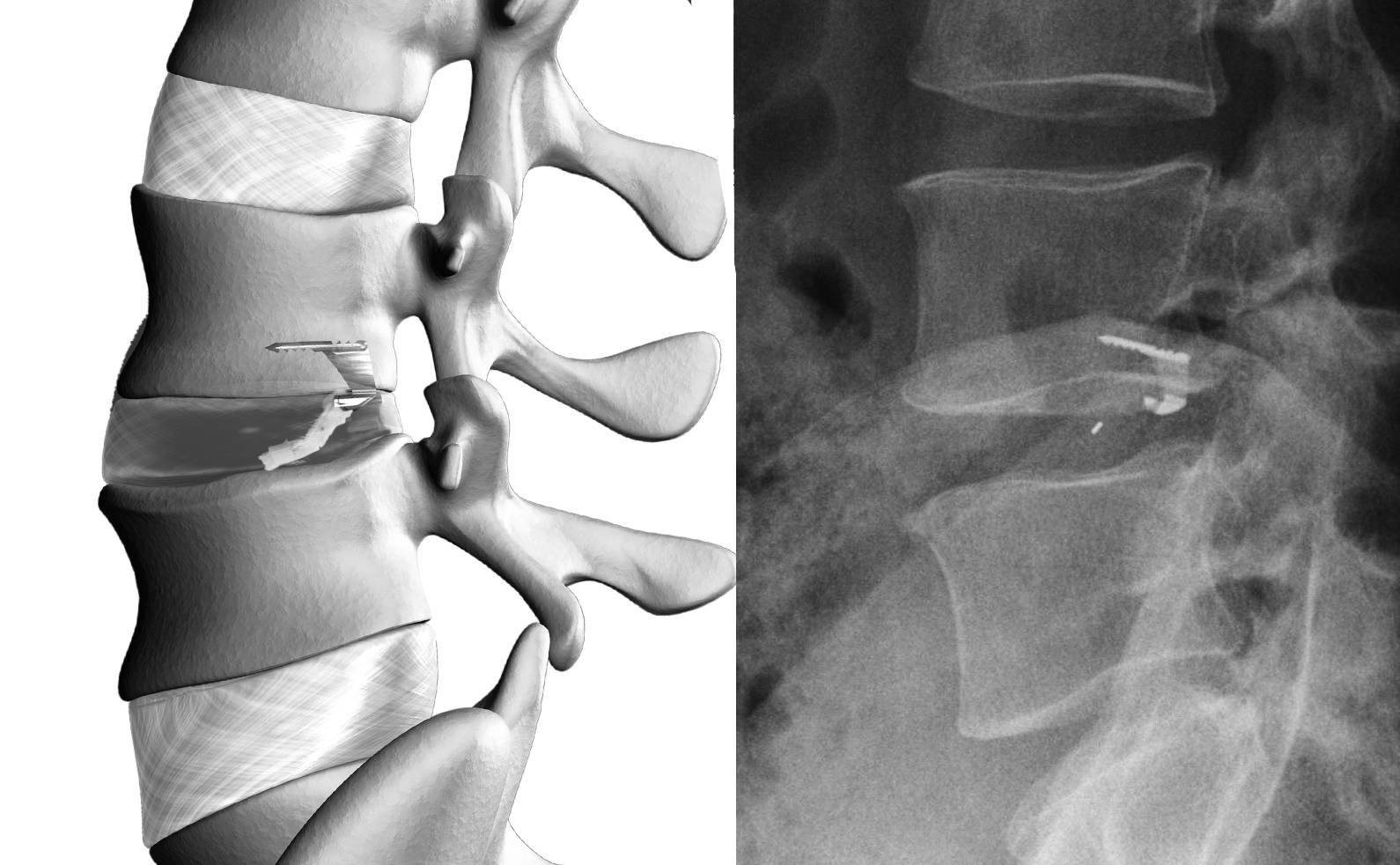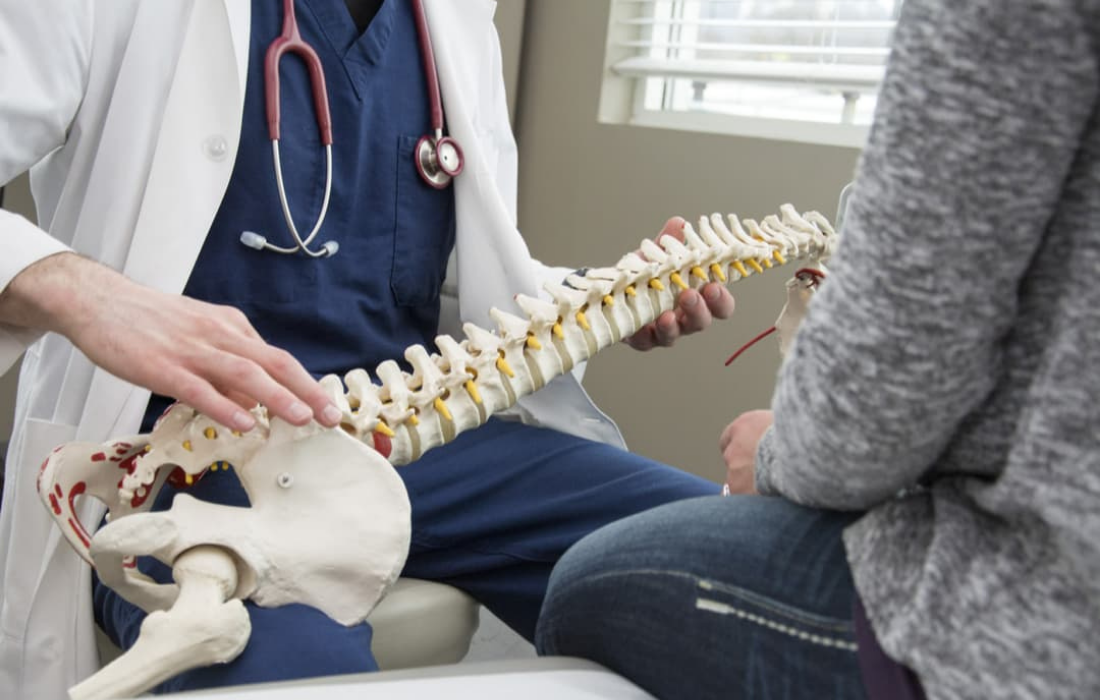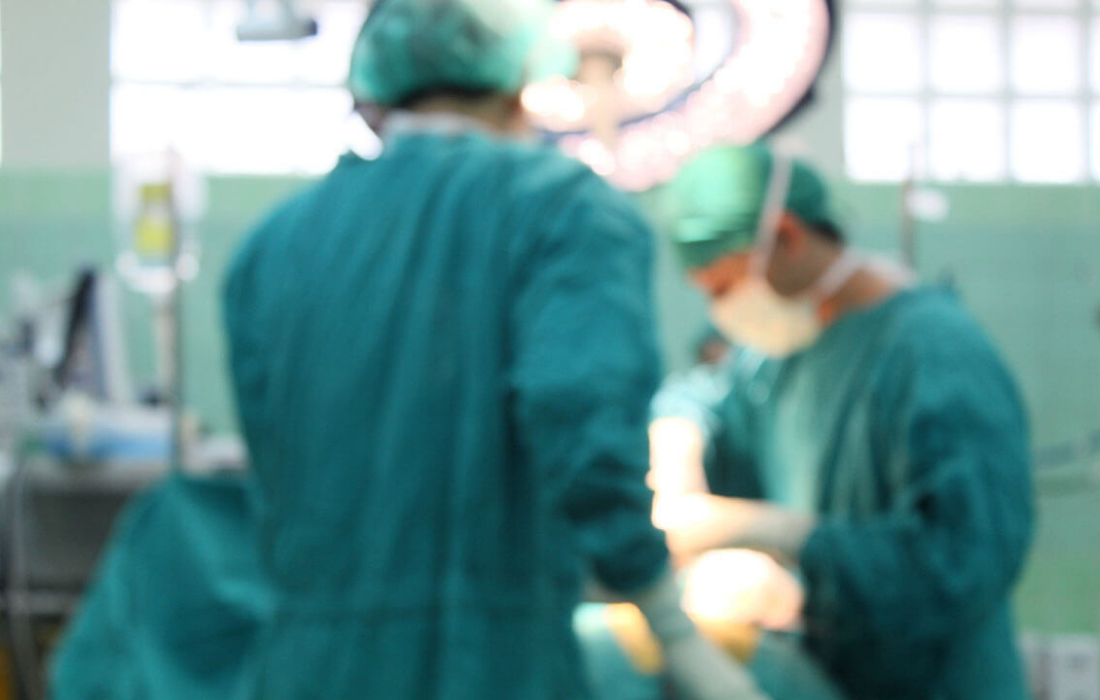If you’ve been struggling with a herniated disc that has not responded to typical non-surgical treatment methods, it can be agonizing. At University Orthopaedic Associates (UOA), we are committed to helping our patients with back pain caused by disc herniation recover from this painful condition and lower their risk of ever experiencing this type of event in the future. For this reason, we are proud to offer an innovative surgical treatment known as Barricaid surgery.
What Is Barricaid Surgery?
When a disc in your back is herniated, a surgical procedure known as a discectomy can remove the part of that disc and help reduce your pain. However, if the defect in the membrane around the disc is large, you’re more likely to experience another herniation in the future—which means a recurrence of your discomfort and potential second surgery. An additional step after a traditional discectomy, known as a Barricaid surgery, can help prevent future agony from reherniation.
Barricaid surgery occurs within the same operation as a traditional discectomy. After a surgeon removes the part of the herniated disc that is bulging and putting pressure on your nerve (causing symptoms of pain, numbness, or weakness), there is still a defect in the membrane around the disc that is left behind. If that defect is large, which is true for one out of three patients with a herniated disc, then you face an increased likelihood of reherniation in the future, which can cause a return of pain and the need for a second operation. Barricaid surgery helps close that defect, lowering the risk that your disc will reherniate in the future. In fact, clinical results have shown that Barricaid is “95% effective at preventing reoperation for reherniation.”
How Barricaid Surgery Works
A Barricaid device, known as an annular closure device (ACD), is implanted at the end of a discectomy operation. A surgeon anchors the device into the bone of your vertebrae, guided by an X-ray. The Barricaid implant is made out of titanium and flexible polymer, and it is structured to help close the defect in the membrane around the disc, known as the annulus fibrosis. It can also help a surgeon preserve your native disc, which can reduce your likelihood of experiencing disc degeneration in the future.
When a surgeon places the Barricaid implant into your vertebrae, the bone gradually grows around the implant. The device is permanently in place to provide support in the area of your disc defect and lower the risk of disc reherniation.
Who Is a Candidate for Barricaid Surgery?
To determine if you are a candidate for a Barricaid annular closure device, a surgeon will measure the height of your disc using a preoperative MRI scan. Your disc must be at least 5 mm high to have the surgery. You must also have a defect that is large enough to necessitate a Barricaid device.
Certain conditions will not make you a candidate for Barricaid surgery, such as a history of surgery in the same place in your spine, bone density issues, allergies to titanium or polyester or certain abnormalities in your spinal anatomy.
Recovery from Barricaid Surgery
After surgery with a Barricaid device, follow your surgeon’s instructions for recovery. Generally, you will be given specific guidelines about which activities are safe to resume and when. You may be recommended to have a follow-up visit to check your surgical wound, and you may also need to have physical therapy.
Contact UOA Today for Herniated Disc Management
If you have been considering spine surgery, the spine specialists at University Orthopaedic Associates (UOA) are here to help using the latest, most evidence-based treatment methods available. To learn more, contact us today.





